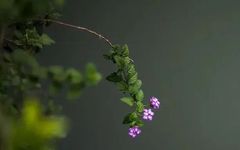Learn methods for strengthening the spleen, nourishing Yang, and cultivating Zheng Qi from the renowned physician Luo Tianyi!
Recently, while reviewing some medical cases recorded by the court physician Luo Tianyi of the Yuan Dynasty, I deeply felt his inheritance and promotion of Li Gao’s theory: “Diet and labor damage the spleen and stomach, leading to insufficient Yuan Qi, from which all diseases arise.”
It feels as if these medical cases written by Luo Tianyi are describing modern people!
● Similar dietary habits:
Yuan Dynasty officials: daily consumption of rich and fatty foods damages the spleen and stomach, resulting in insufficient Qi and blood;
Modern people: diets rich in fats and flavors breed phlegm and dampness, obstructing the flow of Qi.
● Yang Qi is easily harmed:
Yuan Dynasty officials: mostly lived in the north, where sunlight is relatively scarce compared to the south, making it easy to harm Yang Qi;
Modern people: air conditioning and cold drinks are everywhere, with little sun exposure, making it easy to harm Yang Qi.
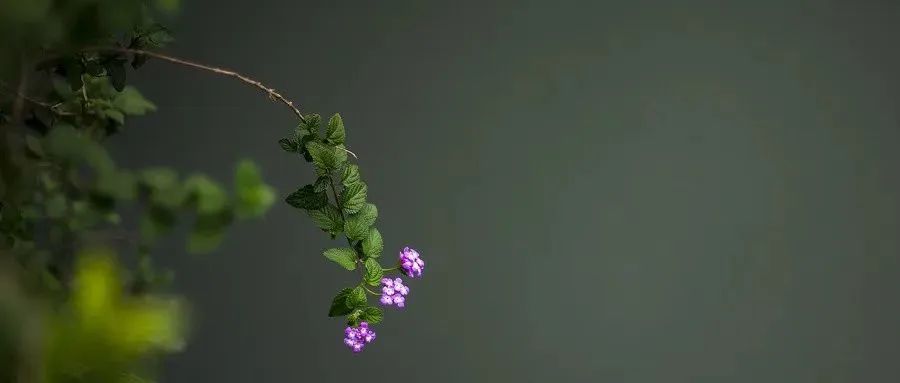
Thus, when reading Luo Tianyi’s “Hygiene Treasure Mirror,” every line feels like it is written for modern people.
Another significant characteristic of Luo Tianyi’s practice is that while prescribing formulas, he often employs moxibustion to assist patients in regulating their spleen and stomach, enhancing Zheng Qi; sometimes, he even prioritizes moxibustion over herbal decoctions.
● Luo Tianyi treated the son of Yuan Dynasty poet Ao Tun Zhou Qing for “nourishing deficiency and generating essence” as follows:
Patient’s self-diagnosis: “In the third month of the Yuan Dynasty, I experienced fever, muscle wasting, fatigue in my limbs, night sweats, loose stools, abdominal rumbling, lack of appetite, tasteless tongue, reluctance to speak, with symptoms coming and going for about half a year.”
Luo Tianyi diagnosed: “Cold accumulation in the organs and heat in the essence; to generate essence, one must nourish deficiency.”
Luo Tianyi prescribed: “First, moxibustion on Zhongwan (Middle Cavity) to guide clear Qi upward and nourish the skin; then moxibustion on Qihai (Sea of Qi) to generate Yuan Qi, nourish the hundred vessels, and promote muscle growth; also moxibustion on Zusanli (Three Miles) as it is the meeting point of the stomach, which also aids stomach Qi… using sweet and cold herbs to clear heat, supplemented with sweet and warm herbs to nourish the internal Qi.”
—— The above is excerpted from Luo Tianyi’s “Hygiene Treasure Mirror: Treatment Experience of Heat in Deficiency”
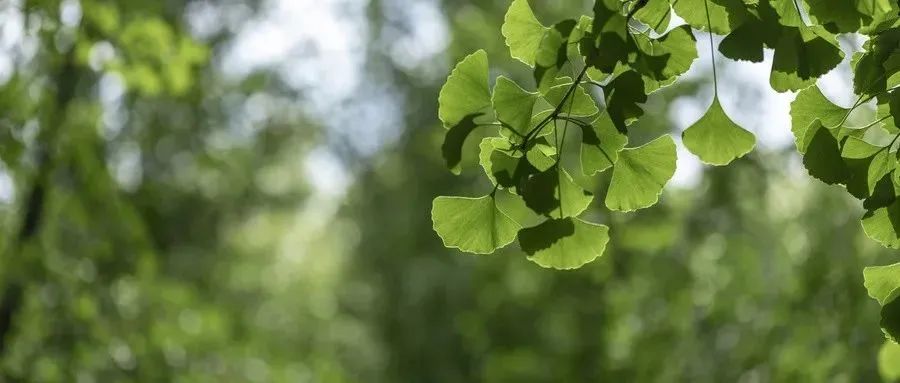
The points Zhongwan, Qihai, and Zusanli are frequently mentioned; not only can they be used for “nourishing deficiency and generating essence,” but they are also beneficial for daily health maintenance, Yang deficiency, spleen and stomach weakness, and Qi and blood insufficiency.

During the hot days of summer, the power of Yang is at its peak, making it an excellent time to resolve issues of Yang deficiency and spleen and stomach weakness.
“Heat does not exceed the summer solstice, and cold does not exceed the winter solstice.” Moxibustion during the summer solstice, utilizing the power of nature, can yield twice the result with half the effort.
By harnessing the abundant Yang energy from the heavens, the Yang energy within the body can be expanded, and the warming properties of the herbs can guide the cold pathogens to disperse easily, while dampness can also be expelled through sweating.
Especially for those who are sensitive to cold, prefer warmth, have poor digestion, lack energy, or have a pale and swollen tongue, it is an excellent time to enhance internal Yang energy, dispel dampness, strengthen the spleen, and protect one’s Zheng Qi.
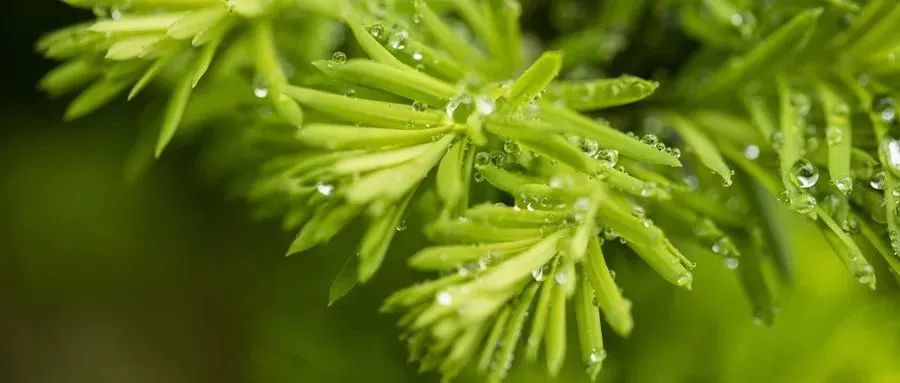
▐ Spleen Yang Deficiency: Spleen Yang insufficiency leads to dampness obstructing the spleen.
With insufficient Spleen Yang, it is easily troubled by dampness, as the spleen belongs to earth, which overcomes water. It also leads to poor appetite and can cause digestive absorption issues, resulting in frequent loose stools.
▐ Kidney Yang Deficiency: Decline of Mingmen fire, insufficient vitality.
In the kidneys, the left is the kidney, and the right is Mingmen. Those with Kidney Yang deficiency lack vitality, energy, and may feel lethargic, sleepy, and have decreased cognitive and reflex abilities.
In addition, reproductive functions may decline, and the metabolism of fluids will also be affected, impacting internal dampness and urination.
The kidneys are the source of congenital essence, and the spleen is the source of acquired essence; regardless of which organ has cold dampness, we must pay sufficient attention.
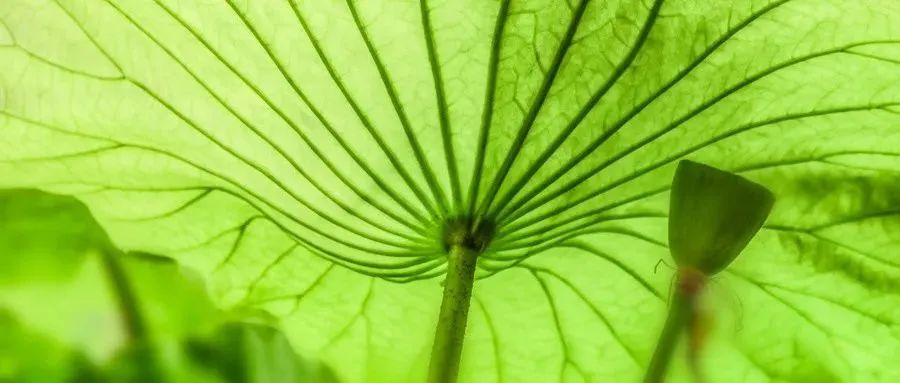
▐ Insufficient Zheng Qi, Qi and blood deficiency, and poor lifestyle habits can all harm the body’s Yang Qi.
The Yang deficiency and heavy cold dampness in our bodies are closely related to insufficient Zheng Qi, Qi and blood deficiency, and some poor lifestyle habits. For example, during summer, many people prefer to stay in air-conditioned rooms, rarely expose themselves to sunlight, and when feeling hot, they reach for cold drinks. Their daily diet is also rich and fatty, along with some clothing habits of “preferring style over warmth,” all of which harm our Yang Qi and allow dampness to stagnate in the body.
Such individuals are prone to external pathogens invading their bodies when environmental changes occur.

During the hot and humid summer, using pure Yang mugwort to dispel cold dampness and nourish Zheng Qi.
▐ Hot and humid summer: Utilizing the power of Yang to warm Yang and dispel dampness.
Traditional Chinese medicine has many methods for warming Yang and dispelling dampness, such as foot baths, sun exposure, and moxibustion, which are all excellent methods. Currently, during the hot summer, daily health maintenance can include moxibustion on the frequently mentioned points of Zhongwan, Qihai, and Zusanli, which are very helpful for those with spleen and stomach weakness, Qi and blood insufficiency, and Yang deficiency.
Modern moxibustion often uses suspended moxibustion, where the moxa stick is ignited and held above the skin. This method is relatively gentle, and the skin can more easily accept it. During moxibustion, one can follow Luo Tianyi’s proportions, moxibustion on Qihai for a longer time, while Zhongwan and Zusanli can be shortened a bit.
❦ Reference for Luo Tianyi’s “Moxibustion Method” Acupoints ❦
Zhongwan
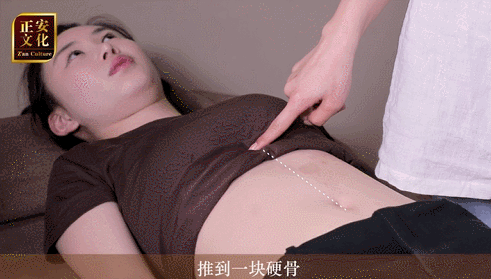
Location: 4 cun above the umbilicus, or at the midpoint of the line connecting the umbilicus and the sternum.
Qihai
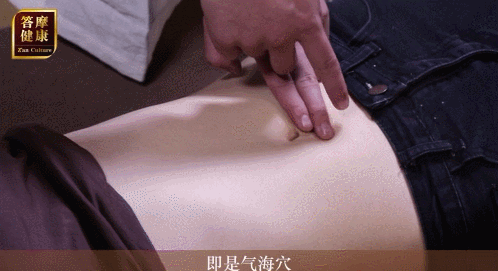
Location: 1.5 cun below the umbilicus.
Zusanli

Location: Bend the knee to locate, 3 cun below the patellar tendon, 1 finger breadth lateral to the anterior crest of the tibia.
▐ Mugwort, opens meridians, regulates Qi and blood, dispels cold dampness, is a pure Yang substance.
Regarding mugwort, “Compendium of Materia Medica” states: “Mugwort… is pure Yang. It can draw on the true fire of the sun and revive the declining Yang. Consuming it can drive away the three Yin and dispel all cold dampness.” “New Materia Medica” states: “Mugwort opens meridians, regulates Qi and blood, dispels cold dampness, is a pure Yang substance.”
Currently, during the summer, not only is it hot, but many places are experiencing heavy rainfall, leading to high humidity. The combination of damp heat is severe. In addition to damp heat, sleeping in air conditioning creates a situation where the outside is humid and the inside is cold, making cold dampness quite serious. In this weather, whether for friends in the south or north, moxibustion is quite convenient, making it an excellent time to use moxa sticks to dispel dampness, strengthen the spleen, and enhance Yang energy.
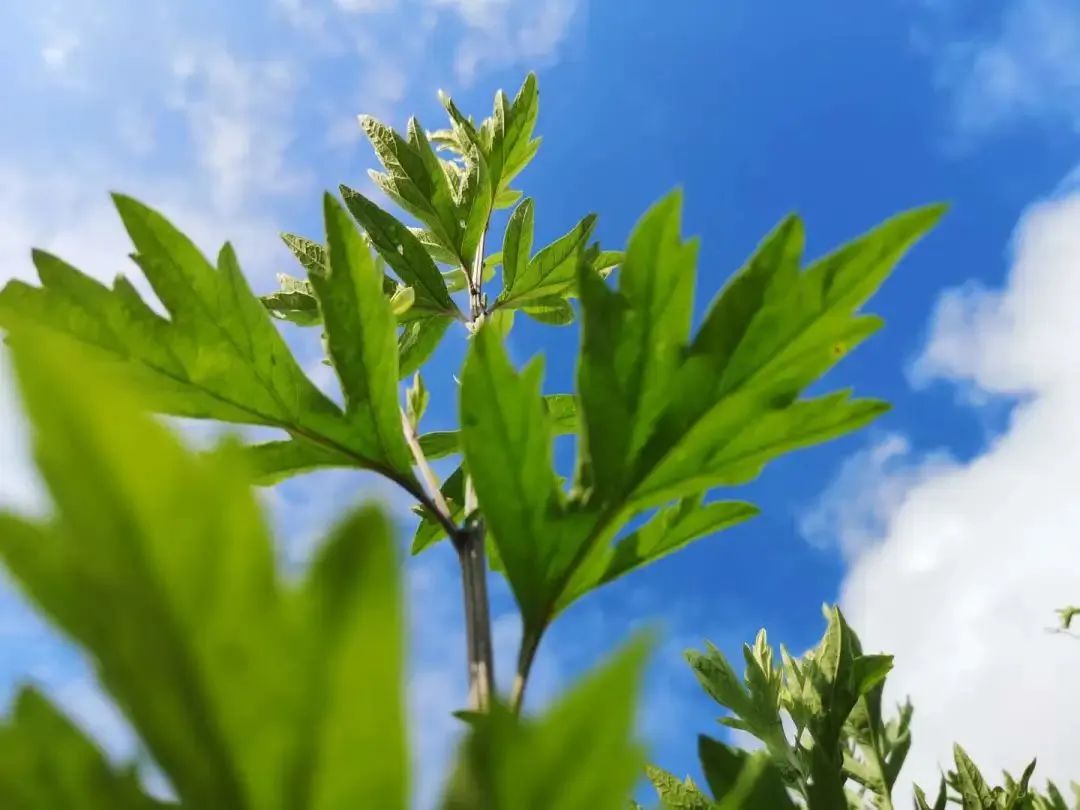
▐ Sourced from the authentic Qichun mugwort base, high-quality moxa.
The yield and quality of Qichun mugwort are the best; “It is said that other moxas cannot penetrate a wine jar, but Qichun moxa can penetrate directly,” indicating that Qichun has a strong penetrating ability.
Qichun County is located on the north bank of the middle and lower Yangtze River, at the southern foot of the Dabie Mountains, with low hills and abundant rainfall, suitable for the growth of mugwort. Qichun mugwort plants are tall, reaching 1.5 to 2.5 meters, with a high content of volatile oil, rich aroma, thick paper-like leaves, dense and long, which can be rolled into soft balls when dried. In contrast, ordinary mugwort leaves are small, easily crumbling into powder when rubbed, and have a low fluffiness rate.
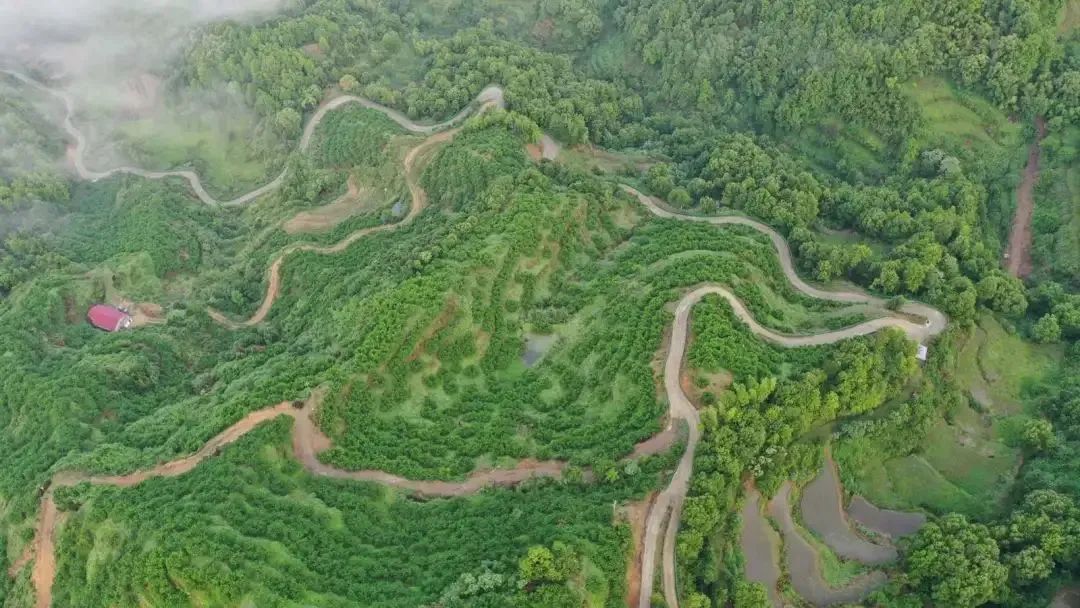
Since the Ming Dynasty, Qichun has been famous for over five hundred years of clinical application. The “Compendium of Materia Medica” states: “Among all mugworts, Qizhou is the best.” Works such as “Chinese Pharmacology” also note: “The medicinal mugwort is best from Qichun.” The moxa sticks from Zheng’an are sourced from the authentic medicinal materials of Qichun County, known as the “Mugwort Capital of China.”
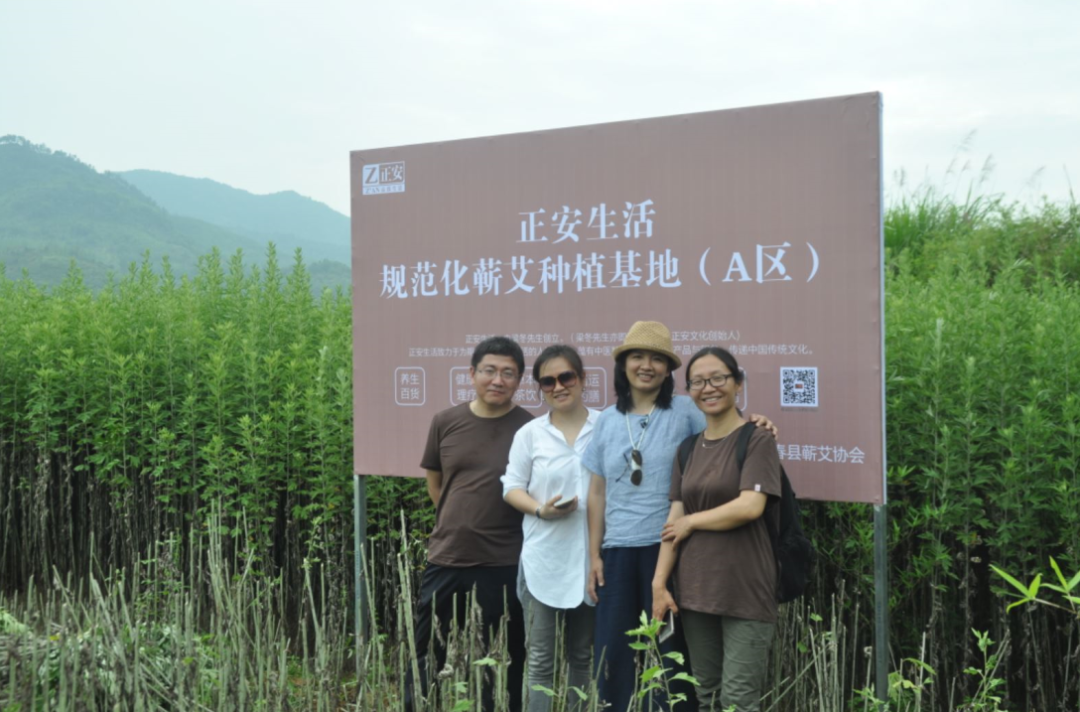
The moxa sticks used in the national goods shop are made from mugwort sourced from Zheng’an’s own Qichun mugwort planting base. Teacher You Mazi personally led a team to investigate: the mugwort there is grown without pesticides or chemical fertilizers, naturally, in accordance with natural phenology, and is full of energy.

(▲ Qichun mugwort leaves are thick, fluffy, and often larger than an adult’s palm)

A good moxa stick requires the test of time.
Throughout history, physicians have repeatedly emphasized that moxa must be aged.
“All moxa leaves used must be aged; they are soft and fine, known as熟艾 (shú ài). If fresh moxa is used, it can easily harm the skin and meridians.”
—— “Compendium of Materia Medica”
“Seven years of illness, seek three years of moxa”
—— “Mencius”
Fresh moxa leaves are often green, while moxa sticks made from aged leaves, after five years, turn golden and have a faint aroma of mugwort, which is the natural fragrance developed after sufficient time.
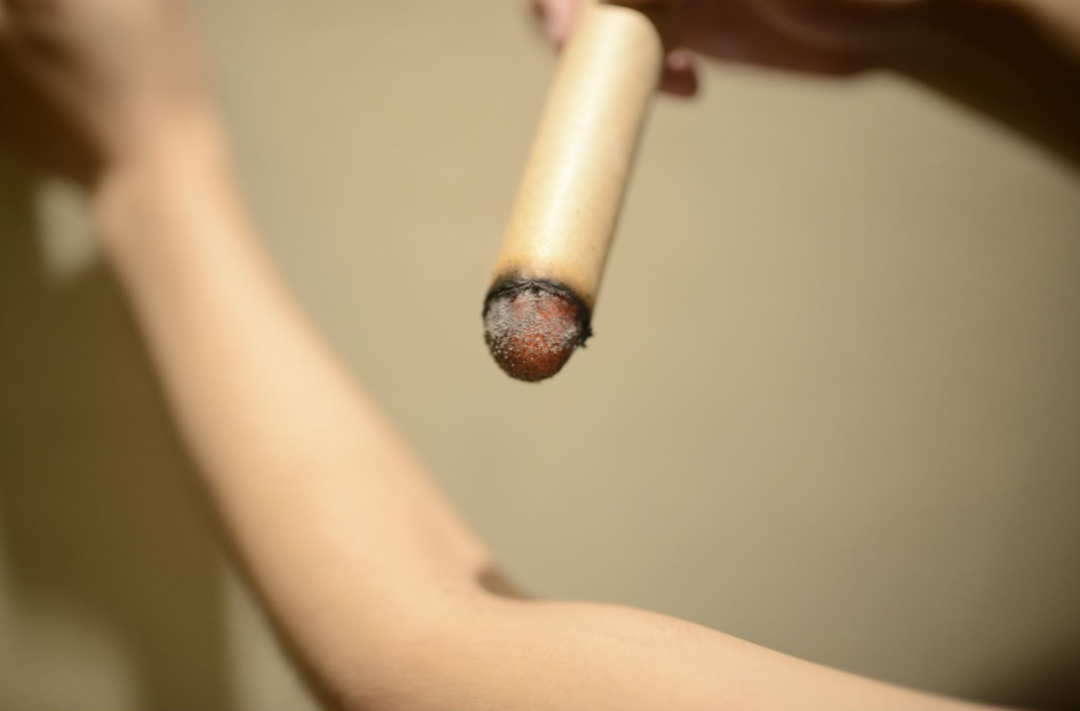
▐ Selecting the first harvest of Qichun mugwort during the Dragon Boat Festival, the oil content is twice that of ordinary mugwort, making it less likely to scatter and able to penetrate a wine jar.
Modern research has proven that the oil content of Qichun mugwort is twice that of ordinary mugwort.
Li Shizhen’s father, Li Yanwen, conducted extensive research on Qichun mugwort and authored “The Legend of Qichun Mugwort,” stating that Qichun mugwort “grows in the mountains, harvested during the Dragon Boat Festival, and is effective for treating diseases.”
During the peak of Yang energy at the Dragon Boat Festival, high-quality Qichun mugwort is harvested, and after five years of aging, the moxa sticks, repeatedly refined, not only shine with a golden hue but also maintain their shape when burned, achieving the effect of “penetrating a wine jar.”
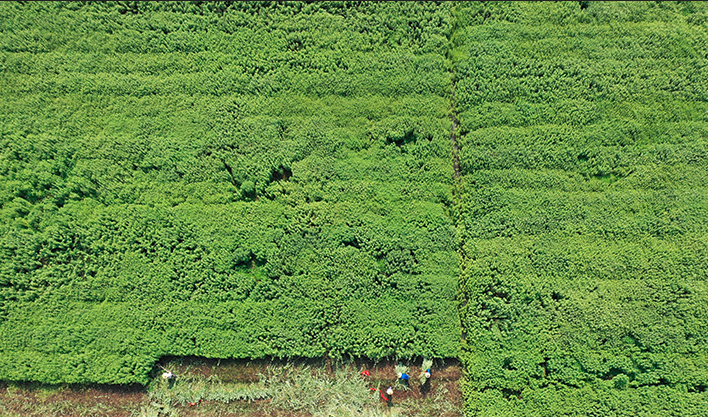
▐ Removing dust, stems, branches, and impurities from the mugwort leaves, pure mugwort leaves are pounded into fluff without additives, hand-pounded and sieved more than seven times, resulting in purer moxa fluff.
“Compendium of Materia Medica” states: “Mugwort is used for its leaves in medicine, is warm in nature, bitter in taste, non-toxic, pure Yang in nature, and opens the twelve meridians.” Therefore, only pure mugwort leaves have medicinal properties, while the stems, branches, and impurities do not. Thus, Zheng’an, in the process of making moxa sticks, not only selects high-quality Qichun mugwort but also manually removes the stems, branches, and impurities from the leaves to ensure the pure Yang nature of the moxa sticks.
Each moxa stick from Zheng’an must undergo timely harvesting, manual selection to remove stems, hand-rolling, drying, natural aging, stone mortar and wooden hammer hand-pounding, windbox sieving, repeated pounding and sieving more than seven times, compacting, and hand-rolling into moxa sticks, totaling eight processes to produce a good moxa stick.

After five years of aging and repeated pounding, the harshness of fresh moxa is dissipated, transforming the resulting moxa sticks into warm, penetrating energy that the body can accept.
Such carefully crafted moxa sticks are the true moxa sticks, made from genuine materials.

Good moxa sticks have a rich, mellow heat, do not cause excessive heat or agitation, have good penetration, do not harm the meridians, produce only light smoke and a faint aroma of mugwort, and do not irritate; after burning, they maintain their shape, making them easier to handle and less likely to cause burns.
They infuse the body with Yang energy, awakening the body’s Zheng Qi.
▼ Friends who have used it say this! ▼

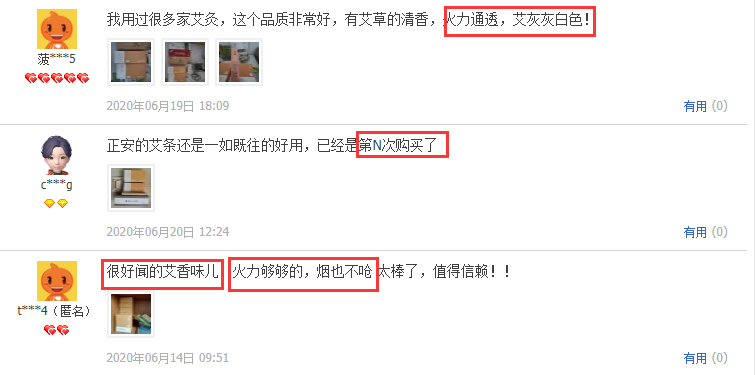
▐ Our moxa sticks come in warming and Yang-boosting versions. Beginners are advised to choose the warming version, while those with moxibustion experience can opt for the Yang-boosting version:
❀ Warming version moxa sticks
Long-lasting heat, warm and gentle, suitable for beginners in moxibustion. Each box contains 8 sticks, each moxa stick weighs about 35g, with a diameter of 25mm, and a length of about 150mm.
❀ Yang-boosting version moxa sticks
Strong penetrating heat, suitable for those with moxibustion experience. Each box contains 4 sticks, each moxa stick weighs about 50g, with a diameter of 35mm, and a length of about 150mm.
Suitable for those following Luo Tianyi’s “Moxibustion Method”:
-
Those who overeat or need to regulate their spleen and stomach;
-
Those with Yang deficiency and lack of Zheng Qi;
-
Those with spleen and stomach weakness, Qi and blood insufficiency;
-
Those committed to health maintenance and disease prevention.
Recommended moxibustion sequence and time: first moxibustion on Zhongwan, then on Qihai, and finally on Zusanli. Among them, moxibustion on Zhongwan and Zusanli for 10 minutes, and Qihai for 20 minutes. For those with ample time, two cycles of moxibustion can be performed; generally, after one cycle, the body will feel warm.
Using the power of mugwort to nourish the body and mind, regulate the constitution with deep, gentle heat, supporting Yang and dispelling cold during the summer solstice.
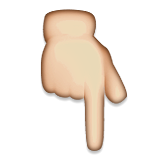
For those unfamiliar with moxibustion, the warming version of Qichun moxa sticks is suitable, while those with some moxibustion experience can choose the Yang-boosting version of Qichun moxa sticks.

